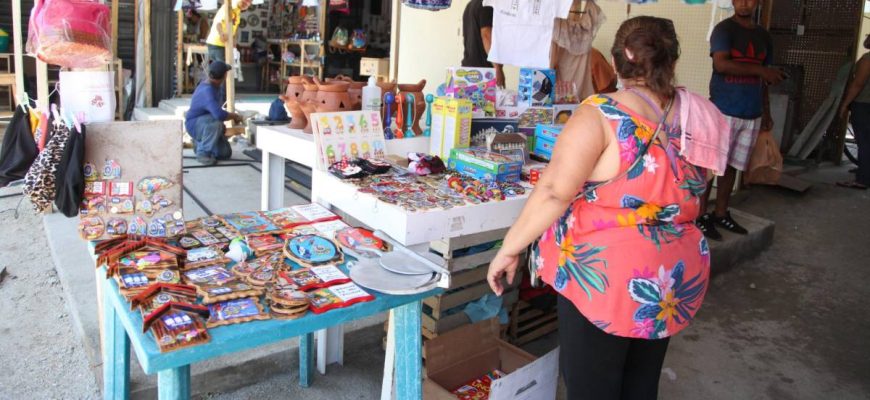The growth of the micro, small and medium enterprises (MSME) continues to be limited by the lack of access to financing, many have very high debts with credit cards, since it is their only option for purchasing inputs and raw materials.
Starting a business is not easy, but it is certainly more difficult to maintain it over time. After the pandemic, thousands of new entrepreneurs emerged and others closed, people who were laid off, others who left their jobs and ventured into entrepreneurship, and when speaking with many of them they agree that, in addition to fear, the lack of financing was a of its main barriers.
Juggle
Some have their own homes that they put up as collateral, others borrow from relatives or lenders at very high interest rates, but a large part resorts to credit cards, as indicated by Efraín Rodríguez, leader of MSMEs.
A second study of Credit Behavior of Hondurans 2023 made by the National Autonomous University of Honduras (Unah) and Equifax detail that the concentration of active loans is in Francisco Morazán (26.6%) and Cortés (21.5%), monopolizing more than 48% of credit references in the formal and non-formal sector.
37% of the population with late loans corresponds to the northwest area, which is more than 70,661 people.
“ All people with debt are in the credit bureau, it can be positive or negative. “
Suyapa Martínez, commercial director Equifax
In daily loans, the northwest zone represents 31%, which translates into 365,268 people.
Suyapa Martínez, commercial director of Equifax Hondurasstated that according to the 2022 versus 2023 study, an improvement can be seen in indicators, where 87% of the population with credits are up to date and 13% have overdue credits.
“This means that there is still work to be done, an effort to be made through financial institutions in order to contribute to the population in matters of financial education, improve credit policies or provide relief that allows people to have better flows to reduce that 13 % of overdue loans,” Martínez told THE PRESS.
Fact
People between the ages of 41 and 52 and 53 to 72 years old are those who have the most overdue debts, from L95,000 to L105,000.
In 2022, the percentage of overdue loans was 25%. Of the total overdue loans, only 7% corresponds to uncollectible arrears over 180 days, with an average debt of 140,000 lempiras.
The report states that men vastly outnumber women with 57.14% of the total overdue loans. With 42.86%, Honduran women remain better payers or respond better to their financial obligations.
However, it should be noted that the amounts of credit to which men have access are higher than those of women. On average, men’s credits are L88,915 and women’s are L60,810.
It is important to highlight that women and young people are the most affected when it comes to accessing quality employment, according to a study by the Honduran Council of Private Enterprise (Cohep).
“ There are no loans for working capital, which is why some are unemployed and others have even closed. “
Victorino Carranza, president of Gremipe
Currently, more than 60% of new ventures are led by women, the associations indicate. Among the main activities are the sale of food, retail trade, jewelry making, beauty, among others.
“Some of the credits are used through credit cards for personal consumption, there are other destinations such as education, food, travel and home improvements; but the majority complements mass consumption, it is the highest part,” Martínez reported.
39.62% of active loans are in the commercial sector (warehouses, commercial houses), but it is where the largest amount of loans per day is located, 33.74%. The lowest average debt is L24,000.
“ Going from 25% to 13% arrears means an improvement; financial education still needs to be followed. “
Nancy Ochoa, head of Unah Banking and Finance
“In the case of the microentrepreneur, when he has already taken out things for his home and has a good record, he can continue taking out appliances or other things that he needs, but for his business. As the business has grown so much, some stores have even made special lines of credit to MSMEs”, shared microentrepreneur Gabriela Medina.
Nancy Ochoa, head of the Banking and Finance department of the An Hdeclared that 22% of the working-age population had access to credit in 2023 in both the regulated and unregulated sectors, a behavior similar to that of 2022. The placement of credits has grown by more than 20%.
Victorino Carranzapresident of Gremipe, shared that there are small businesses stopped due to lack of working capital due to not being able to access loans with soft conditions and low interest rates.





